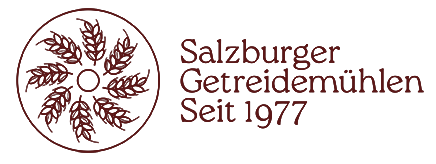Spelt is one of the ancient cereals and, along with emmer and Einkorn, is a type of wheat and a spelt cereal. A husk is a protective covering around the grain. Often, however, the spelt itself, precisely because of this shell, is called spelt. Spelt is also related to the common wheat.
Unlike wheat, spelt is richer in minerals, which is also evident from the type number of the flour. The lightest wheat flour is type 405, the lightest spelt flour is type 630. Since this number indicates the mineral content in the flour, we can see that spelt contains more minerals than wheat.
Wheat brings more harvest than spelt, but the latter is more robust and brings other advantages. In the case of spelt, unlike wheat, the husk must also be removed. Through this protective cover, however, spelt is resistant to chemical fertilizers. In addition, the husk protects against a wide variety of weather conditions, as well as fungi and other pests. Thus, spelt is also well suited grain for organic farming.
Did you know that green spelt is actually spelt harvested too early? The grain is harvested at a certain stage of maturity and still needs to be kilned for post-ripening. This gives the green spelt a spicier flavor than the spelt and, moreover, it is easily digestible and stimulates the metabolism.
What positive effect spelt has on the body and what Hildegard von Bingen wrote about it, you will learn in another article.
Sources:
https://www.zentrum-der-gesundheit.de/dinkel.html
https://www.gesundheit.de/ernaehrung/lebensmittel/getreide/dinkel-ein-gesundes-urkorn
Address:
Gasteigweg 25,
5400 Hallein
Austria
Opening hours:
Monday to Thursday: 09 – 16:00
Friday: 09 – 12:00
Contact:
Phone: +43 6245 83282
E-mail: info@agrisan.at
Address:
Gasteigweg 25,
5400 Hallein
Austria
Opening hours:
Monday to Thursday: 09 – 16:00
Friday: 09 – 12:00
Contact:
Phone: +43 6245 83282
E-mail: info@agrisan.at

